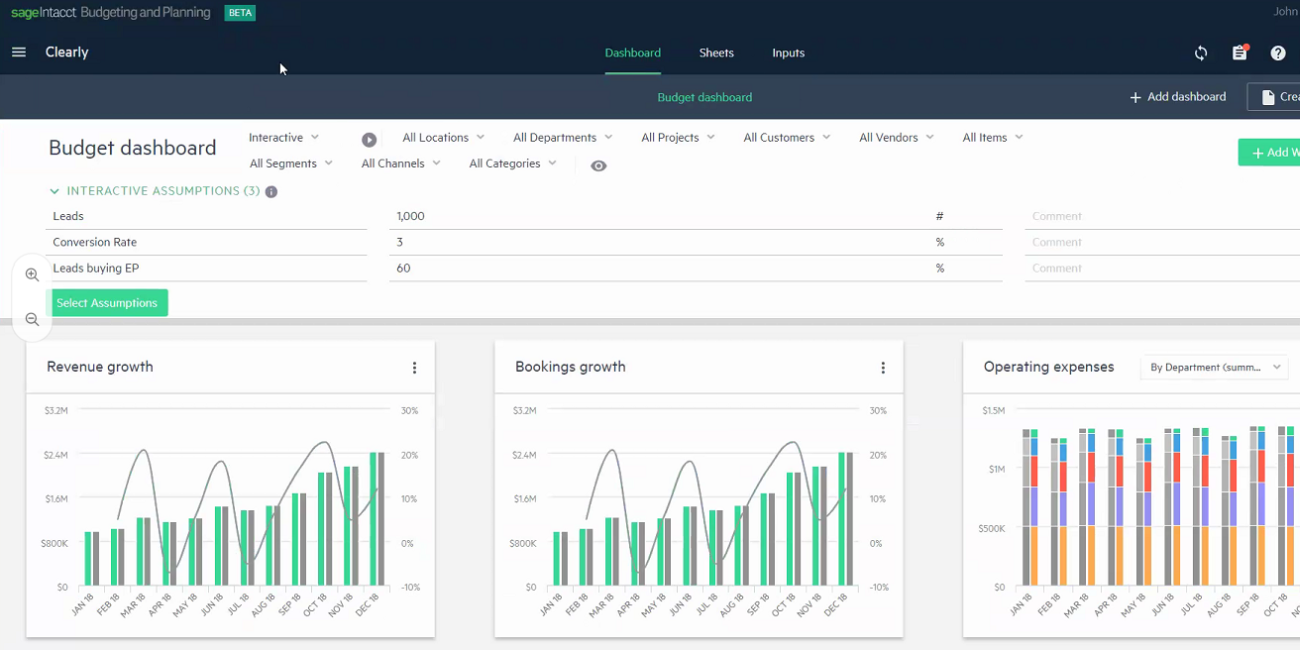Digital transformation, along with technology adoption, can yield massive productivity and profitability growth – when done correctly. Whether these results are immediate or gradual varies across industries and is ultimately dependent on how well your organization adopts a technology mindset – or how well they embrace innovative and more efficient ways of working. There are 3 factors that can help an organization become more technology-focused and increase their chances of success when implementing new digital technology in the workplace.
1. Effective Change Management
The most important factor when it comes to technology adoption is the change management strategy. Every key element should be documented and discussed with the implementation team. For example, if you are implementing or upgrading a cloud-based Enterprise Resource Planning (“ERP”) system, the most important parts of an effective change management strategy should include:
- Understanding the need for the new ERP solution and its potential impacts (both good and bad), and communicating this to the entire team to facilitate buy-in.
- Training staff on the new ERP software and the optimized business processes.
- Developing and executing a change management strategy for the solution’s implementation; this is a large project on its own!
- Evaluating and celebrating successes (continuous monitoring and measuring of ERP implementation success).
Be honest when recognizing the good, and the sometimes not so good, impacts a digital transformation can have on an organization. Now isn’t the time to fudge numbers or soften the blow, so to speak. It’s a delicate balance of outlining all the impacts this change will have on the organization, while also being authentic and enthusiastic about the change.
Equally as important is getting executive commitment right from the get-go. 46% of IT directors surveyed said a lack of executive buy-in is a leading barrier to transformation. Minimal or zero buy-in from management can doom a project before it starts. To be clear, buy-in doesn’t just look like weekly project status reports or tightening purse strings when necessary. Visible commitment from the top-down means executives are actively engaged in the project before kick-off, right through to post-implementation. Successful buy-in leads to clear communication of expectations and goals. It also means providing significant support and expert guidance through roadblocks or when the unexpected happens. The executives don’t need to be cheerleaders, but they should definitely be as invested in the project as anyone else, if not more so.
2. Demonstrating Technology Benefits
Let’s assume you decide the advantages outweigh the disadvantages in a digital transformation project and you want to move forward with it. You first need to start with that clear communication we mentioned above. Explain it clearly and candidly to staff. Paint a picture they understand, with reports and statistics, and visually demonstrate the new ERP technology and its benefits. For example, a new cloud ERP solution could allow the sales team to access all data 24/7 from anywhere, on any device, leading to faster sell-through and better customer service, increasing both profits and customer retention.
Ask yourself: What’s in it for them? What are their pain points? What would they like to see improved to make their life in the trenches easier? Start a conversation with your staff to figure out what they value most about their work. Your people will always be more important than your processes so involve them in the transformation early. This makes them feel understood and cared for, which in turn builds trust. Staff will also be more likely to embrace the change, rather than resist it, knowing you will support them through it.
3. The Importance of Training
Heraclitus, the Greek philosopher said it best: “Change is the only constant in life.” The same can be said for technology – it is constantly changing. Maintaining your competitive edge requires new technology, whether we like it or not. Getting staff and executive buy-in for a digital transformation project is just one piece of the puzzle. Training staff to use the new ERP system is another important piece. Training can’t be a one and done either. It should be ongoing, and customized for each staff member who will use the new system. As new system releases get rolled out, the changes need to be reviewed and communicated to the team quickly, so you get the best ROI by using the system to its full potential. That will only happen with a good training program.
Technology innovation is accelerating rapidly, and it can be hard to keep up. For example, globally the number of Internet users increased from 3.4 billion in 2016, to 4.66 billion Internet users in January 2021. This can make technology adoption tricky. Staff may experience burnout or fatigue from the technology they use constantly changing. They just get comfortable using one system, only to have it change again and again. That’s why it’s critical to come up with new ways of training that are engaging, while also being technical and informative. If staff don’t know how to use the new technology, if they aren’t familiar with the tools it offers, the organization will not realize the expected benefits related to the new technology, which could impair its advantage over other companies in its industry.
Our top three factors on how to embrace a technology mindset is not an exhaustive list by any means, but we feel these are three of the most important. Before an organization decides to roll out new technology, it needs to make sure everyone is prepared. This takes time and effort, but will save you a lot of headaches or, worse, an expensive ERP system implementation failure. A digital transformation is an enormous responsibility, but our experts can help get you better prepared so that it’s done right, the first time.



